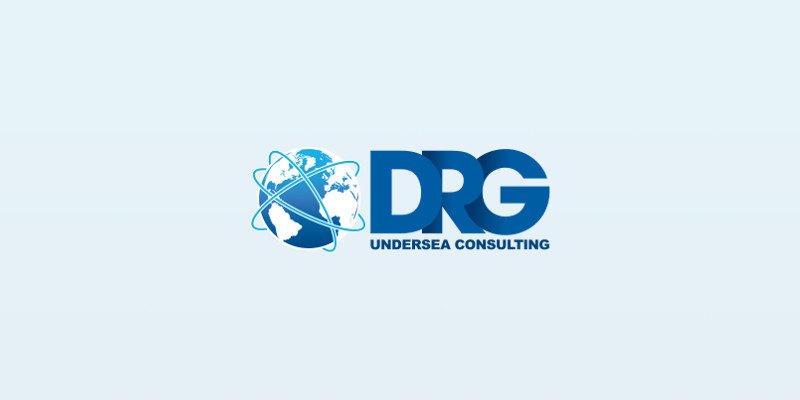As reported on CBS This Morning, the Saturday Morning news program, the world is celebrating 150 years since the first transatlantic cable was installed, which was the flame that sparked today’s ever growing, ever complex global communications network.
Whether you are calling, emailing or uploading/downloading content, to places near and far, you have everyday telecom heroes to thank, such as the crews aboard cable ships that install thousands of kilometers of undersea cable across the ocean floor to connect continents, or the engineers who work tirelessly to optimize the capacity of these cables.
How did we get here?
In 1866, after a decade of disappointing attempts, where severe weather at sea damaged the first few copper cables beyond repair, rendering them inoperable, Cyrus Field, the entrepreneur who financed and managed the very first undersea cable installation, and his team, were finally successful. This success was noted by England’s Queen Victoria, who sent a telegram of congratulations to US President James Buchanan, expressing hope that it would be an “additional link between the nations.” The message reportedly only took 16 hours instead of the usual 10 days. Today the entire Library of Congress could be transmitted every second.
These early cables transmitted Morse Code, primitive by today’s standards, but effective. What was a unique project by pioneers with great perseverance and fortitude is now an industry involving multi-billions of US Dollars every year. Today’s high-capacity sub-sea fiber offers a new wave of communication, not just between people, but also between governments, hospitals, schools, cars, robots, and even everyday objects like refrigerators and coffee makers.
And as the need for capacity continues to grow exponentially, it drives innovative partnerships, such as the one between Facebook and Microsoft, who are deploying their own 160 Terabits per second cable from Virginia to Spain.
So are we on defense vs. offense to keep up with the content, particularly as the Internet of Things (IoT) ramps up? According to this CBS report, we are absolutely on the defensive, as we race to build enough infrastructure to handle tomorrow’s bandwidth demands.
Check out the full video here.
How does DRG play an active role in this race?
They are the team of experts who specialize in the planning, engineering, managing construction, operating and even commercializing of these undersea fiber cables. Their due diligence, network and business planning efforts support the decision-making involved in defining the right solution to meet the need and enables the investment of the huge sums of money required. They are experts in the development, procurement and implementation of undersea cable systems through decades of experience. DRG’s expertise reduces project risks and leads to projects being delivered on-time and within budget, DRG brings a foundation of hard work, technical expertise and dedication that harkens to those early innovators; and the experience and innovative spirit that helps drive today’s undersea industry advances.
Learn more now! www.davidrossgroup.com.

